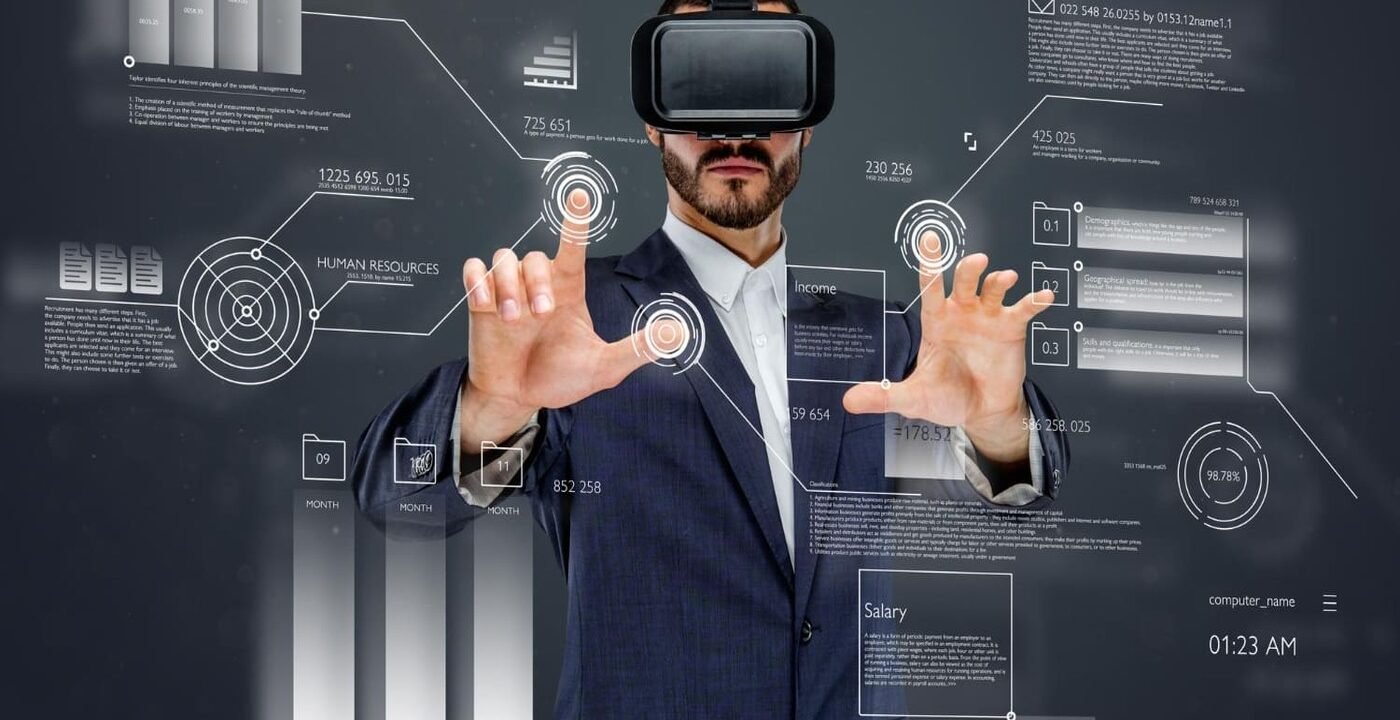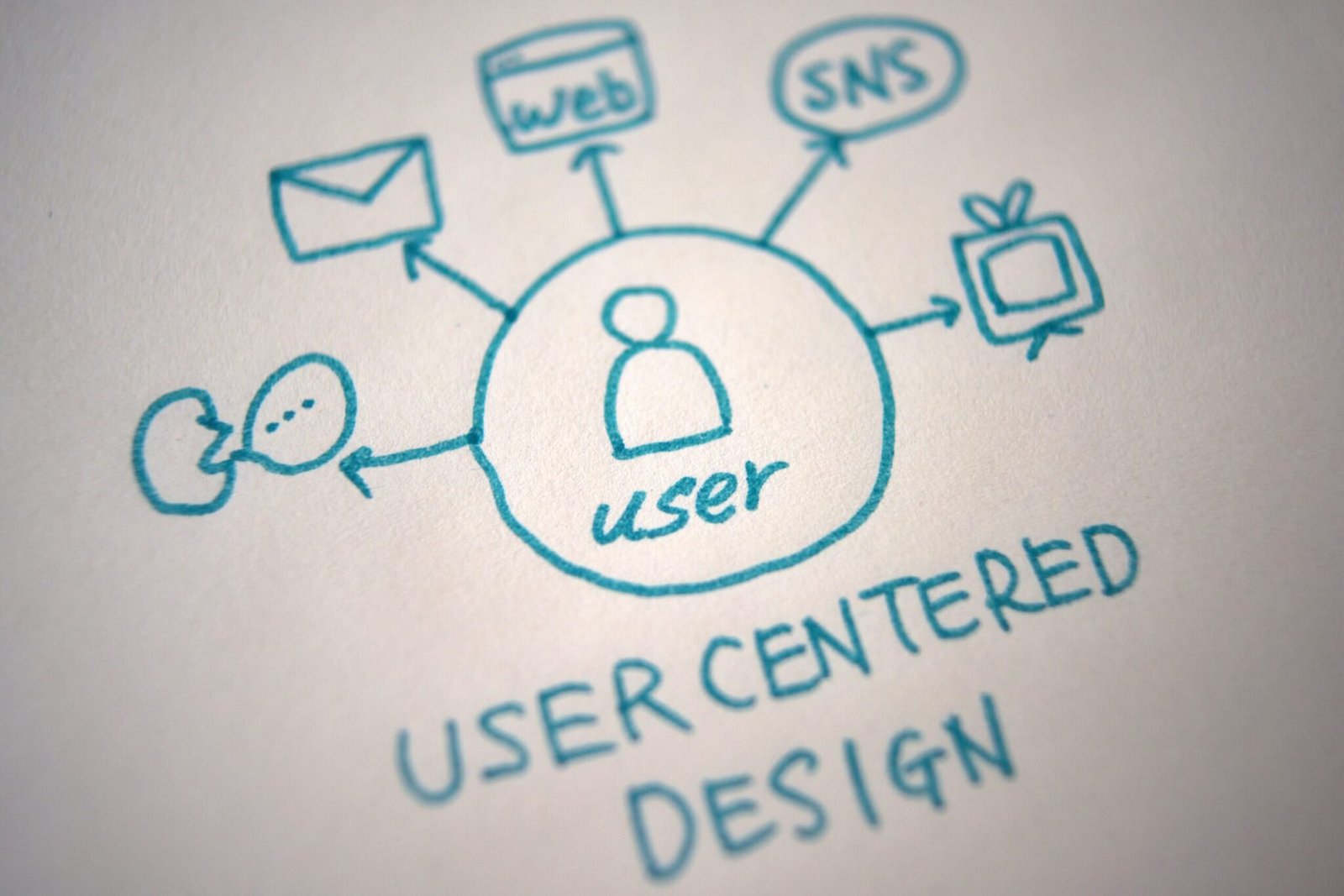As we move further into the digital age, web design continues to evolve at a rapid pace. The next decade promises to bring exciting changes and innovations that will redefine how we interact with websites. From the integration of artificial intelligence to the rise of immersive web experiences, the future of web design is poised to be more dynamic, interactive, and user-centric than ever before. In this blog post, we’ll explore some of the key trends and technologies that will shape the future of web design over the next ten years.
1. The Rise of Artificial Intelligence in Web Design
Artificial intelligence (AI) is set to revolutionize web design by making it more intuitive and personalized. AI-driven tools and platforms will enable designers to create websites that can adapt to user preferences, behaviors, and needs in real-time.
a. AI-Powered Design Tools
- AI-driven design tools will assist designers in creating layouts, selecting color schemes, and optimizing user experiences based on data analysis. This will streamline the design process and allow for more efficient and effective outcomes.
b. Personalized User Experiences
- AI will enable websites to offer personalized content and experiences to users. By analyzing user data, AI can predict and display content that aligns with individual preferences, enhancing user engagement and satisfaction.
2. Immersive Web Experiences with AR and VR
Augmented reality (AR) and virtual reality (VR) are becoming increasingly popular, and their integration into web design will create more immersive and interactive user experiences.

a. Virtual Showrooms and Product Demos
- E-commerce websites will leverage AR and VR to create virtual showrooms, allowing users to explore products in a 3D environment. This will provide a more engaging and informative shopping experience.
b. Interactive Storytelling
- Websites will use AR and VR to create interactive storytelling experiences, immersing users in rich narratives and visual content. This will be particularly impactful for brands looking to create a deeper emotional connection with their audience.
3. Voice User Interface (VUI) and Voice Search Optimization
With the increasing popularity of voice-activated devices like smart speakers, the importance of voice user interfaces (VUI) and voice search optimization will grow.
a. Voice-Activated Navigation
- Websites will incorporate VUI, allowing users to navigate and interact with content using voice commands. This will enhance accessibility and provide a more convenient way for users to access information.
b. Optimizing for Voice Search
- As more users rely on voice search, optimizing content for voice queries will become essential. This will involve creating concise, conversational content that aligns with the way people speak rather than type.
4. Sustainability and Eco-Friendly Web Design
As environmental concerns continue to rise, there will be a growing emphasis on sustainability in web design. This will involve creating websites that are not only visually appealing but also energy-efficient and environmentally responsible.
a. Energy-Efficient Hosting
- More websites will adopt energy-efficient hosting solutions that minimize carbon footprints. This includes using data centers powered by renewable energy and optimizing websites to reduce server load.
b. Minimalist Design
- Minimalist design will gain popularity as a way to reduce the energy consumption of websites. By minimizing the use of heavy images, videos, and animations, designers can create websites that load faster and consume less energy.
5. No-Code and Low-Code Platforms
The rise of no-code and low-code platforms will democratize web design, making it accessible to a broader range of people, including those without technical expertise.
a. Empowering Non-Developers
- No-code and low-code platforms will empower non-developers to create fully functional websites without writing a single line of code. This will lead to an explosion of creativity and innovation as more people bring their ideas to life.
b. Faster Development Cycles
- These platforms will also accelerate development cycles, allowing businesses to launch websites and updates more quickly. This will be particularly beneficial for startups and small businesses looking to compete in the digital space.
6. Advanced Micro-Interactions and Animations
Micro-interactions and animations will play a more prominent role in enhancing user experience and engagement on websites.
a. Interactive Feedback
- Advanced micro-interactions will provide users with real-time feedback as they interact with a website. This could include subtle animations when clicking buttons or hovering over elements, creating a more engaging and responsive experience.
b. Storytelling Through Animation
- Animations will be used to guide users through content in a more narrative-driven way. By integrating animations into the user journey, designers can create more memorable and impactful experiences.
7. Focus on Accessibility and Inclusivity
Web accessibility and inclusivity will become even more critical as the internet continues to evolve. Designers will prioritize creating websites that are accessible to everyone, regardless of their abilities or disabilities.
a. Inclusive Design Practices
- Inclusive design practices will ensure that websites are usable by people with diverse abilities. This includes optimizing for screen readers, providing alternative text for images, and ensuring that websites are navigable via keyboard.
b. Legal Compliance
- As accessibility laws and regulations become stricter, businesses will need to ensure that their websites comply with these standards to avoid legal repercussions and to serve a wider audience.
Conclusion
The future of web design is full of exciting possibilities, driven by advances in technology and a growing emphasis on user experience, sustainability, and inclusivity. As AI, AR, and VR become more integrated into web design, websites will become more personalized, immersive, and interactive. Additionally, the rise of no-code platforms and the focus on accessibility will democratize web design, making it more inclusive and innovative than ever before. By staying ahead of these trends, designers and businesses can create websites that not only meet the needs of today’s users but also anticipate the demands of the future.



